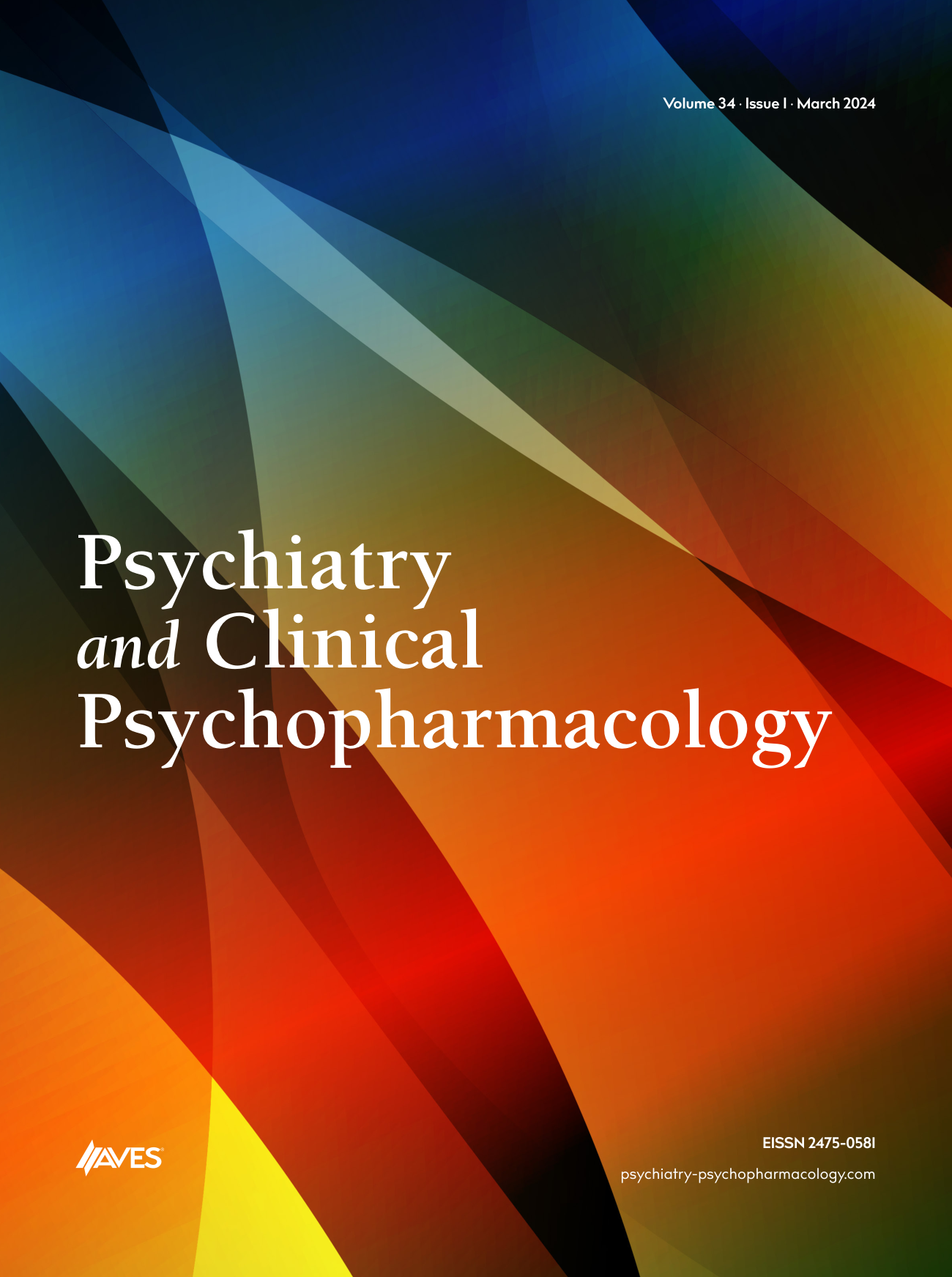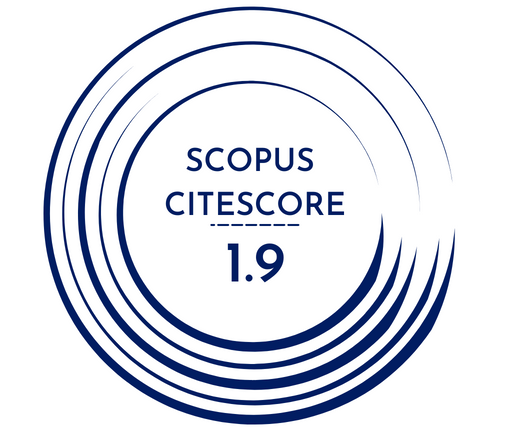Cases of schizophrenia that arise prior to 18 years of age are defined as “Early Onset Schizophrenia” (EOS) while those that commence prior to 13 years of age are called “Very Early Onset Schizophrenia” (VEOS). Approximately 10% of all cases of schizophrenia is EOS while VEOS is even rarer. Information on VEOS is mostly provided via case reports. The youngest case of VEOS reported is 3 years and there is also a case from Turkey with an onset at 5 years 4 months. Here, we report a case of VEOS, who was 5 years old and was followed-up for 12 months. The patient was a 5 years-old preschool child, who was brought to our department with complaints of “regression in speech, inappropriate behaviors, fears, insomnia and aggression”. Upon questioning it was learned that the complaints started a year ago and continued without remission for the last year, that he laughed for no reason, was afraid of darkness and lavatories, was irritable and damaged his toys. He was also reported to injure himself by scratching, to be afraid of cartoons and to decline to watch them. He pointed to the environment and told that “they” were coming, “hit them” and that “they” were here. His peer relationships deteriorated and he stopped playing with his friends in the kindergarten, became resistant to speak and started mumbling to himself instead. Medical history was normal and developmental milestones were on time. In particular of family history, his mother was being followed up for schizophrenia while his father was diagnosed with Learning Disability. Baseline evaluations with Clinical Global Impressions- Severity score was 6. Neurological and laboratory investigations revealed no abnormalities. EEG was normal. As a result of history, examinations and tests the patient received a preliminary diagnosis of VEOS and risperidone 0.75 mg/day in divided doses was started. Subsequent evaluations revealed that the visual hallucinations were reduced but remained present while insomnia and self-injurious behaviors remitted. The final evaluation revealed a CGI-S score of 3. Here, a case of probable VEOS that was managed with risperidone was presented. As a consequence of the developmental features of early childhood presence of ego syntonic animistic thoughts and pseudo-hallucinatory behavior may be deemed normative. However, the symptoms in our patient were pervasive, ego-dystonic and impairing. Neither presence of affective symptoms for a significant duration of history could be elicited nor a stressor that might have triggered the complaints be found ruling out early onset mood disorders and dissociation. The onset and clinical features were not appropriate for Autism Spectrum Disorders and no loss of bowel/ bladder control and neurological abnormalities could be found that might support Childhood Disintegrative Disorder. Therefore, the patient was diagnosed to have VEOS and was followed up under risperidone. It is known that VEOS have more severe symptoms compared to adult onset schizophrenia and that they have less response to treatment. It may be argued that earlier diagnosis and more aggressive treatment of VEOS might lead to better prognosis.



